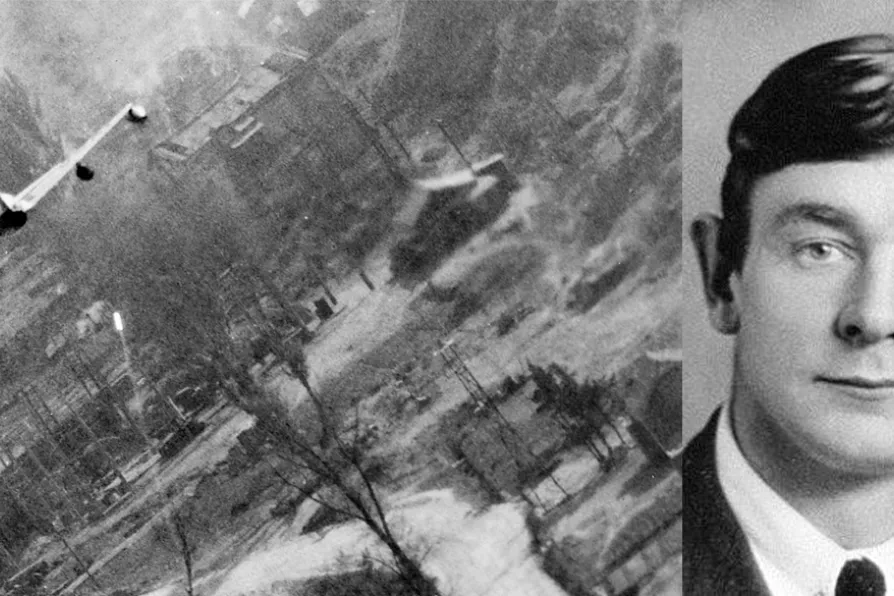From London’s holly-sellers to Engels’s flaming Christmas centrepiece, the plum pudding was more than festive fare in Victorian Britain, says KEITH FLETT
The first huge example since 1945 of a US-driven war was that in Korea, begun in late June 1950 and ending with an armistice — but not a final peace settlement — on July 27 1953.


 Latest editorial
Latest editorial













